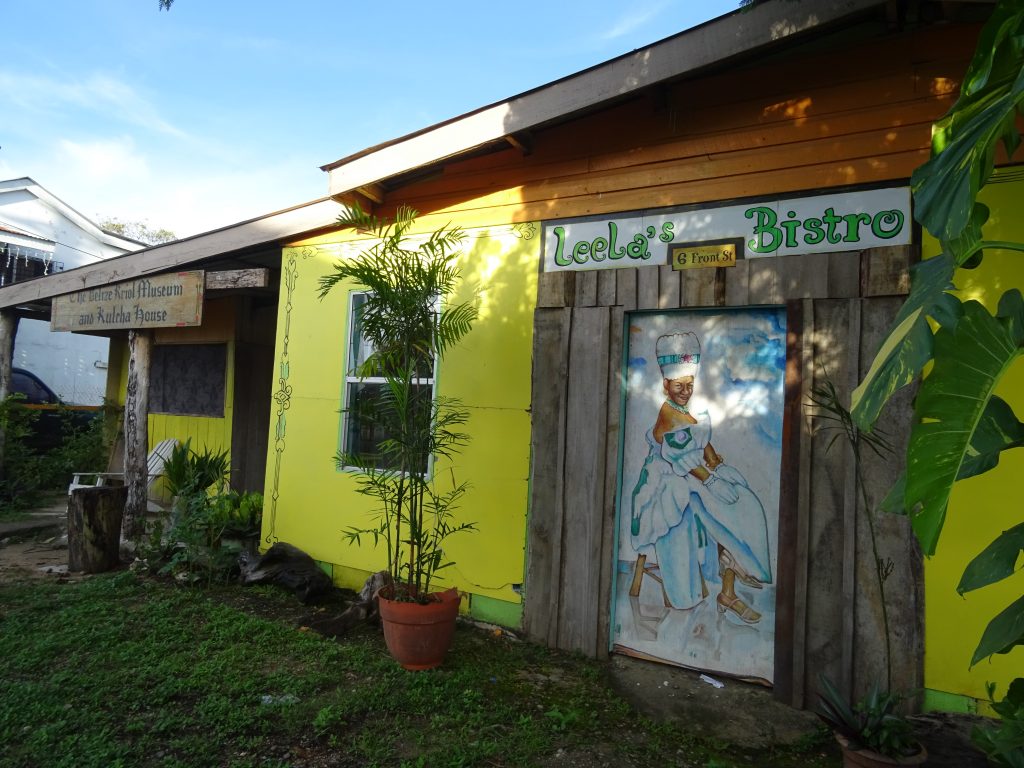
Creole
The Creole of Belize share a common ancestry; they are the offspring of mostly West Africans (imported to work the logging camps and sugar plantations around the eighteenth century) and European immigrants. Traditionally forming around 60% percent of the population of Belize now Creoles constitute only about 20%. After the abolition of slavery, most Creoles continued to work the logging camps. Today, this tendency is reflected in the location of the dominant Creole towns in Belize- along waterways and the coast.
East Indian
Often confused with the country’s indigenous ‘Indians’, thanks to Christopher Columbus turning right, instead of left, East Indians (from the Indian Sub-Continent) make up just three percent of the Belizean population. The first group of East Indians arrived in 1838 from the West Indies, where they were employed as indentured labourers to work alongside Africans after slavery was abolished. One thousand mutineers (of the Indian Mutiny in 1858) with their wives and families were then transported from India by the British Parliament.
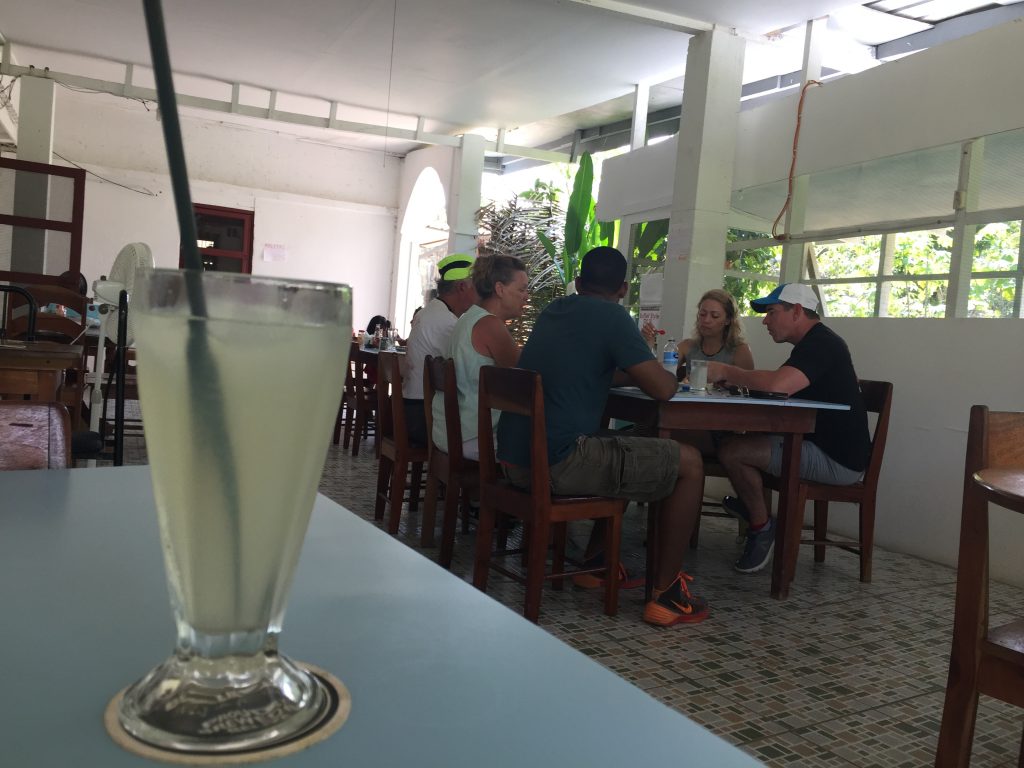
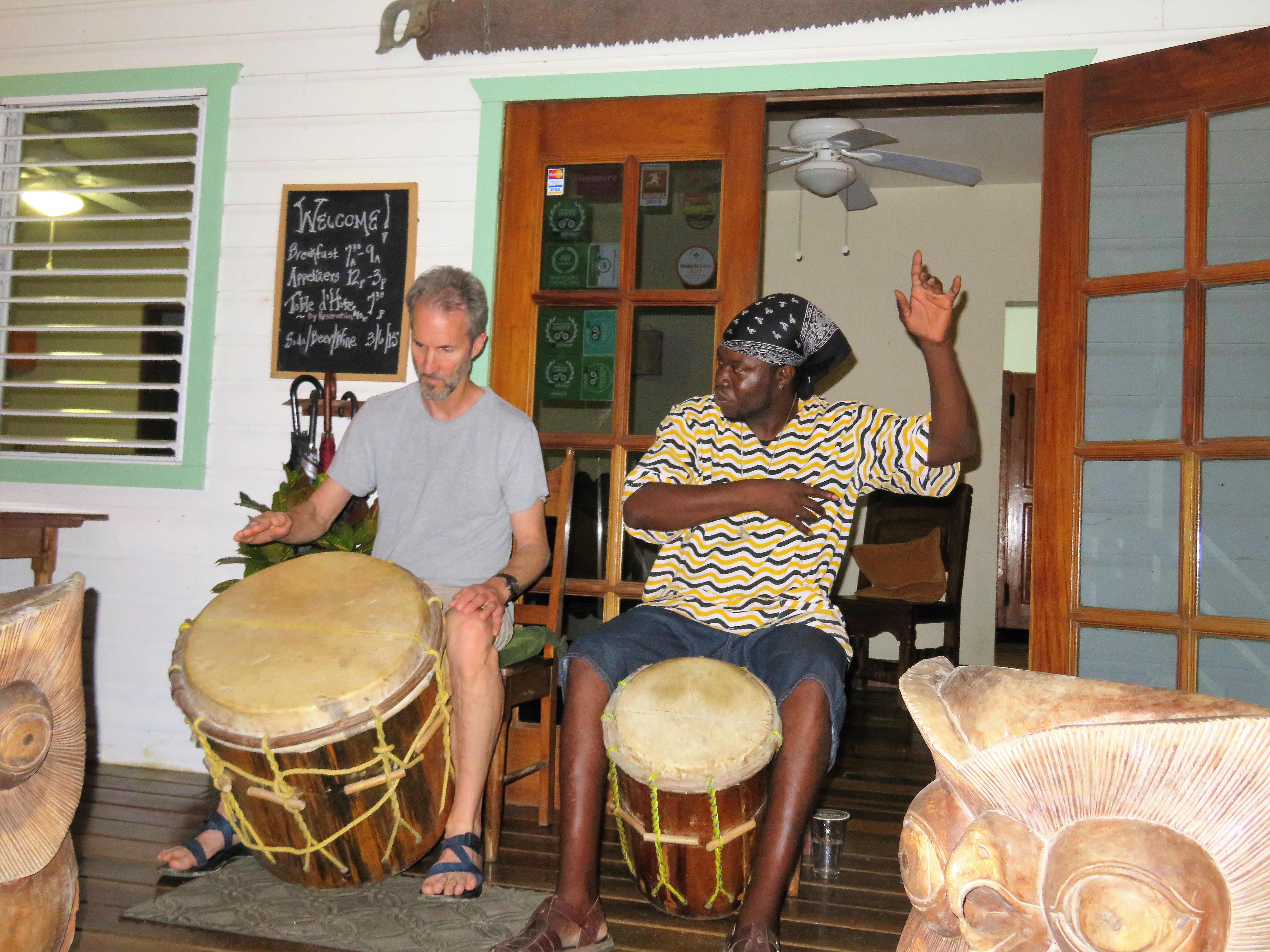
Garifuna
The first evidence of the presence of the Garifuna in this part of the world occurred in 1675 when a boat carrying hundreds of African slaves was shipwrecked on the Caribbean island of St. Vincent. They joined the Carib (Arawak) Indians there and for a while lived together in harmony, intermarrying among them.
Maya
The earliest record of Mayan presence in Toledo and Belize dates from around 2500 BC. At the height of the Mayan Empire (250-1000 AD) around 400.000 Mayans lived in Belize, many in the South. With the arrival of the Europeans, the Mayans were dispossessed of their lands and over time integrated into Belizean society. Almost 2/3 of the population of Toledo is still of Mayan heritage. Most of the Mayan communities can be found on the South Western side of the district.
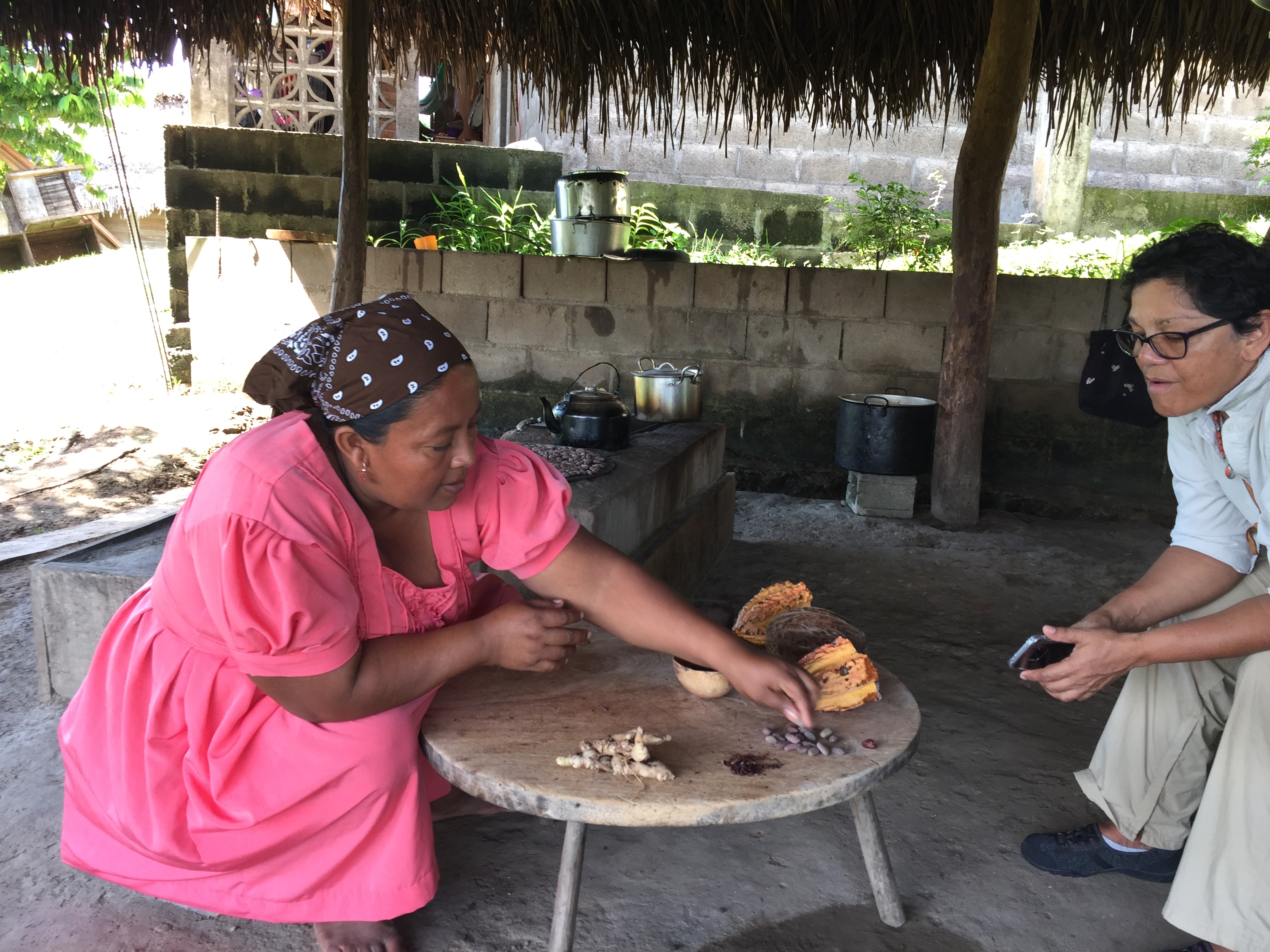
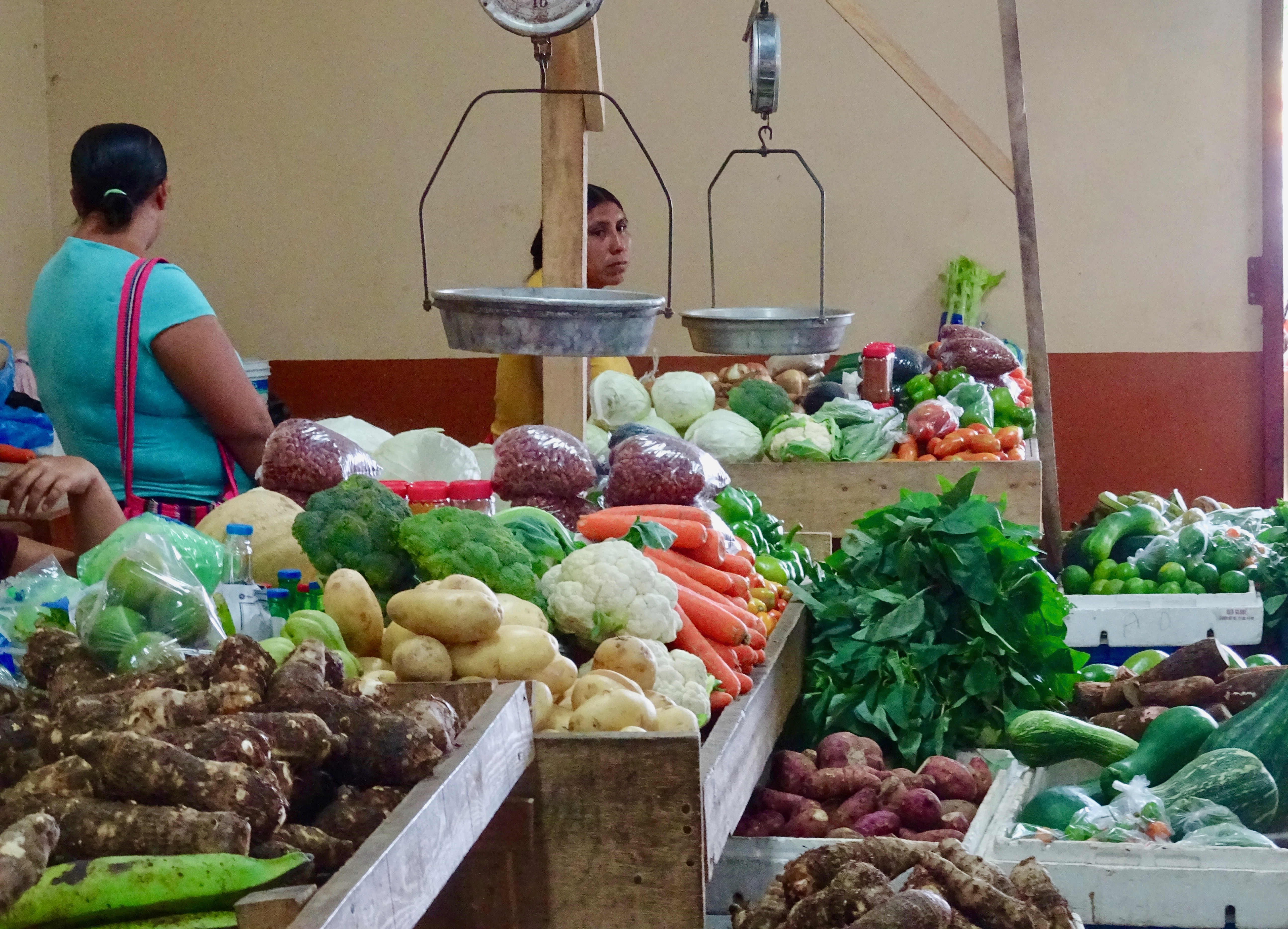
Mestizo
The Mestizo are a people of mixed Spanish and Mayan descent representing roughly half of the Belizean population. They originally arrived in Belize from 1847 onwards, to escape wars in the Yucatan peninsula. The arrivals were mostly Mestizo and fled over the border into what was then British territory. The Mestizo are found everywhere in Belize, including the South, but most make their homes in the northern districts.
